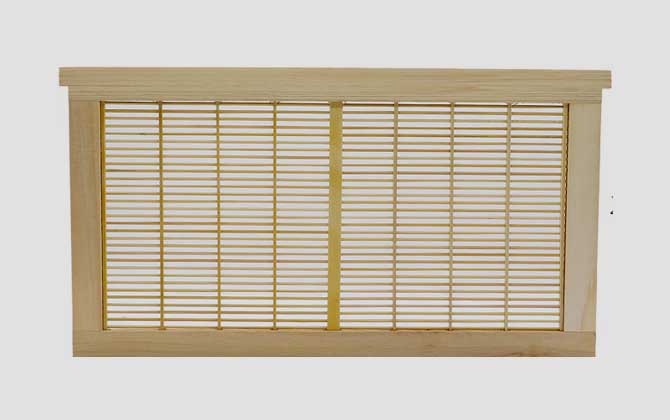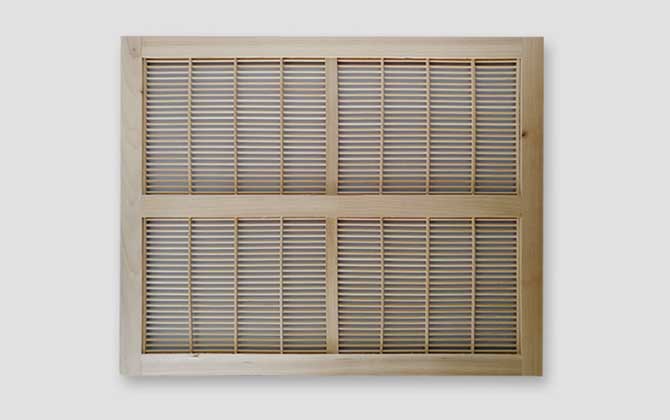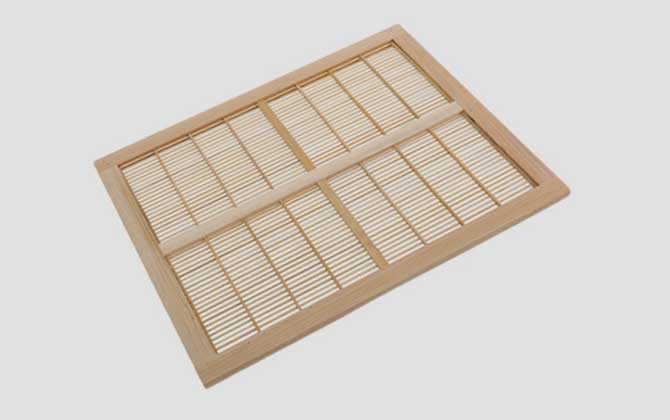Queen Excluder: Essential Beekeeping Tool

I. Definition and Overview
A queen excluder is a specialized beekeeping tool designed to restrict the movement of queen bees while allowing worker bees free passage. Typically constructed from bamboo, wood, or plastic, it comes in two primary forms: flat excluders and frame-style excluders (vertical excluders). The key feature is its precisely spaced grid (4.0-4.2mm), which is calibrated between the thoracic thickness of queen bees (4.8-5.2mm) and worker bees (3.8-4.0mm). This design ensures queens remain confined to specific hive sections without disrupting colony activities.

II. Design Principles
- Biometric Precision: Utilizes the 15-20% greater thoracic depth of queen bees compared to workers
- Material Engineering: Durable food-grade plastics or weather-resistant wood ensure longevity
- Modular Construction: Interchangeable components adapt to different hive configurations
This scientific approach allows 98% worker bee mobility while maintaining 100% queen restriction in standard Langstroth hives.

III. Key Functions
- Queen Containment: Prevents territorial conflicts in multi-queen systems
- Brood Control: Limits egg-laying to designated comb areas
- Honey Management: Facilitates pure comb honey production in supers
- Swarm Prevention: Reduces swarming impulses through controlled expansion

IV. Classification System
| Type | Installation | Best Use |
|---|---|---|
| Flat Excluder | Between brood chamber and honey super | Commercial honey production |
| Frame Excluder | Within brood chamber | Nucleus colony management |
By Bee Species:
- Apis cerana Excluders: 3.9-4.1mm spacing
- Apis mellifera Excluders: 4.2-4.4mm spacing

V. Practical Applications
- Dual-Queen Systems: Maintains 2 productive queens with 87% reduced conflict risk
- Comb Honey Production: Achieves 95% wax purity in supers
- Selective Breeding: Isolate specific genetic lines with 99% accuracy
- Disease Management: Contains infected brood areas during AFB outbreaks
VI. Maintenance Guidelines
- Clean monthly with 5% acetic acid solution
- Inspect grid alignment every 2 weeks during peak season
- Replace plastic components every 3-5 seasons